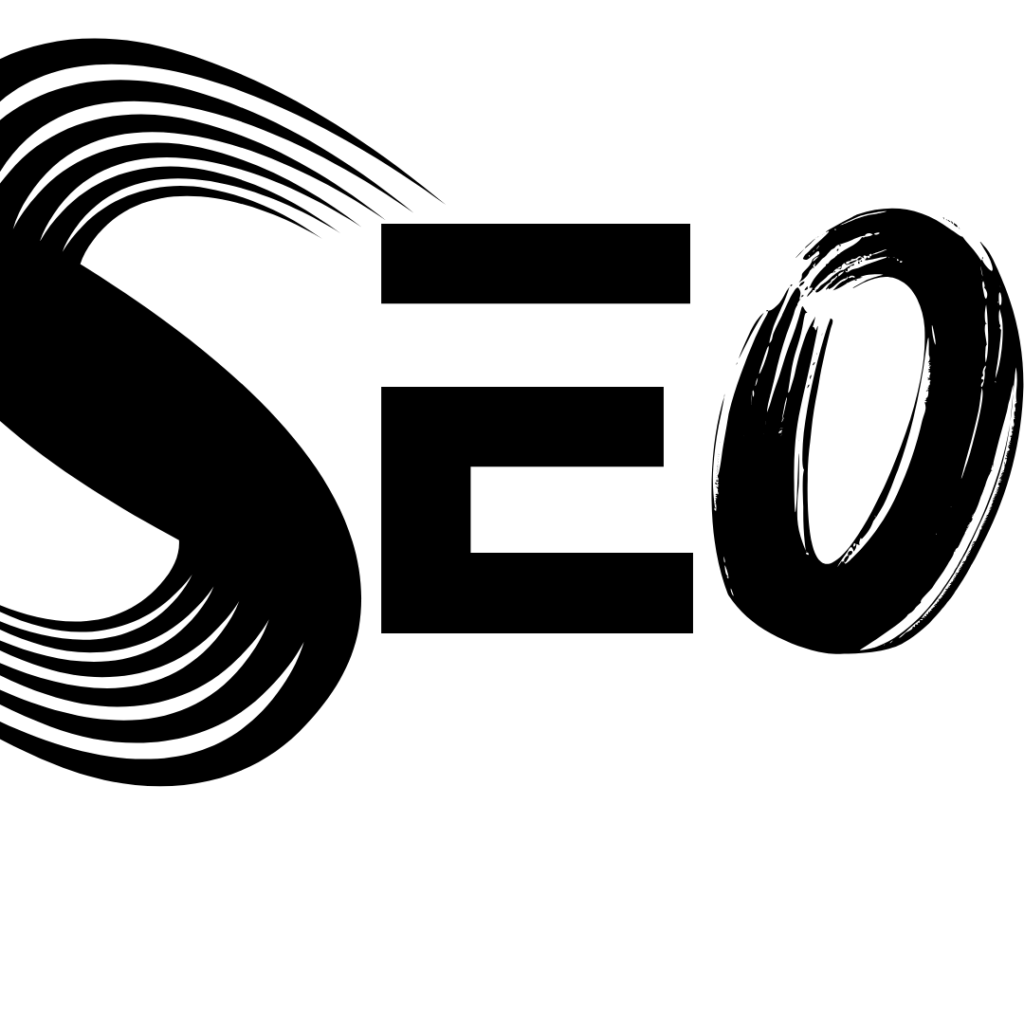
SEO Myths: What You Should Really Avoid in Search Marketing
Effective search marketing is less about secret tricks than about disciplined relevance, yet a surprising number of dated beliefs still shape campaigns. Dispelling them is essential not only for compliance with modern algorithms but for building durable visibility that survives each core update.
The fetish for keyword density is obsolete
Search engines now parse intent and semantic context, so unnaturally repeating phrases only flags content as low-quality. Google’s 2024–2025 guidance explicitly warns against “keyword stuffing or over-optimization” and encourages natural language that satisfies user questions.
Meta-keywords and exact-match domains no longer convey authority
The meta keywords tag was devalued more than a decade ago, and domain names stuffed with target phrases receive no special boost. Authority flows from useful pages, trusted links and positive engagement, not from legacy metadata or clever naming conventions.
Quantity of links—without regard to provenance—invites penalties
A decade ago site owners amassed thousands of directory or comment links. Modern link-spam policies target manipulation, stressing relevance and editorial placement. Google’s March 2024 spam update specifically cites “expired-domain abuse” and “site-reputation abuse,” reinforcing that low-quality link schemes can erase hard-won rankings overnight
Scaled, low-quality AI content is detectable and risky
Mass-producing thin articles to match every long-tail query may feel efficient, but the same 2024 policy set now classifies “scaled content abuse” as spam. Large language models are productive only when guided by human editing to add depth, expertise and originality—anything less invites
Duplicate-content “penalties” are largely misunderstood
Search engines do not punish identical pages so much as they choose a single canonical version and ignore the rest. Real risk emerges only when duplication is paired with other spam signals such as doorway pages or cloaking. Proper canonical tags and sitemap hygiene resolve most overlap issues without fear of punitive action.
Assuming Google is the entire search universe overlooks valuable traffic
While Google remains dominant, platforms such as Bing, YouTube, TikTok and in-app search each shape discovery journeys. Diversifying optimisation efforts protects brands as search fragments across voice assistants, AI overviews and social algorithms.
Believing social likes directly raise rankings conflates correlation with causation
Shares and follows amplify reach, which can earn organic links and brand queries—but they are not primary ranking signals. Focus on social channels to build community and authority, not to chase a nonexistent “social boost.”
Serving a separate “voice search” site wastes resources
Modern voice assistants surface the same index as screen-based search, prioritising concise answers and structured data. Optimising existing content with FAQ markup and clear headings achieves the same result without fragmenting domain strength.
Word count is not a ranking factor in itself
Long form is helpful only when the topic demands depth. Bloated copy that adds no value can dilute signals and frustrate readers. Measure success by task completion and engagement, not by crossing an arbitrary length threshold.
By abandoning these myths and anchoring strategy in user intent, authoritative content and transparent measurement, marketers insulate themselves from algorithm shocks and earn genuine trust from audiences and search engines alike.
